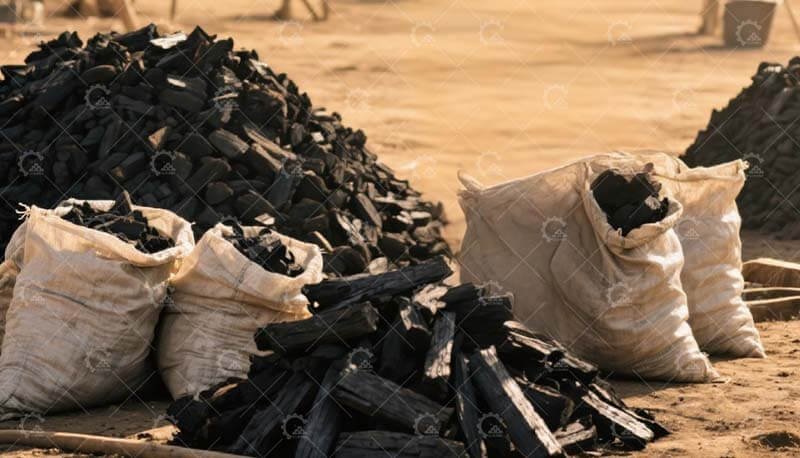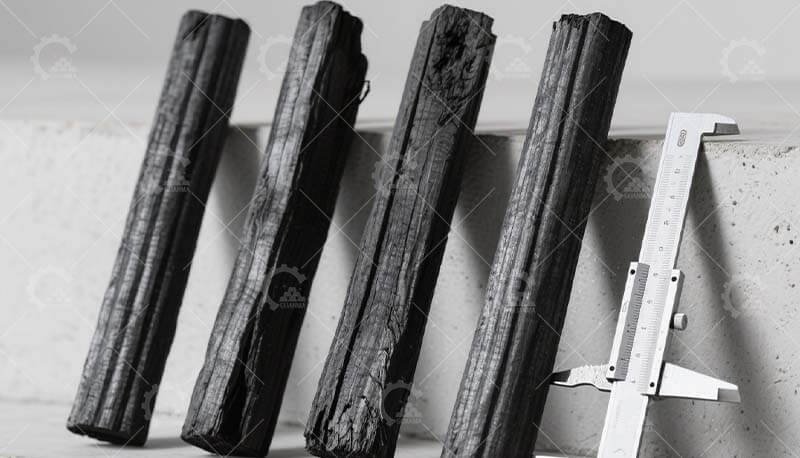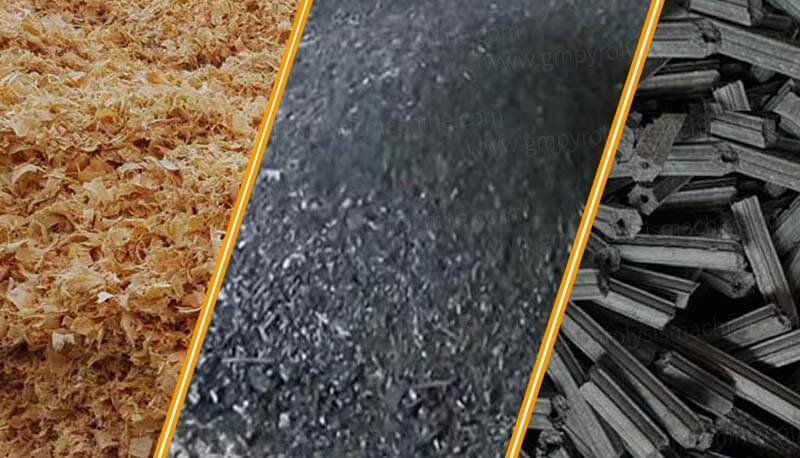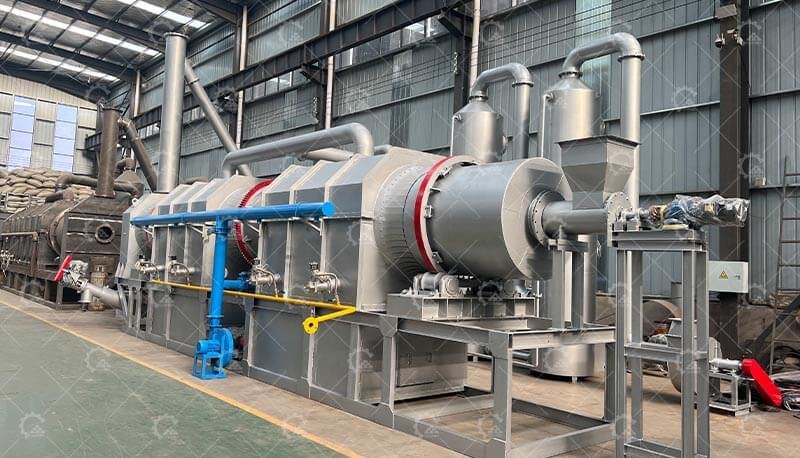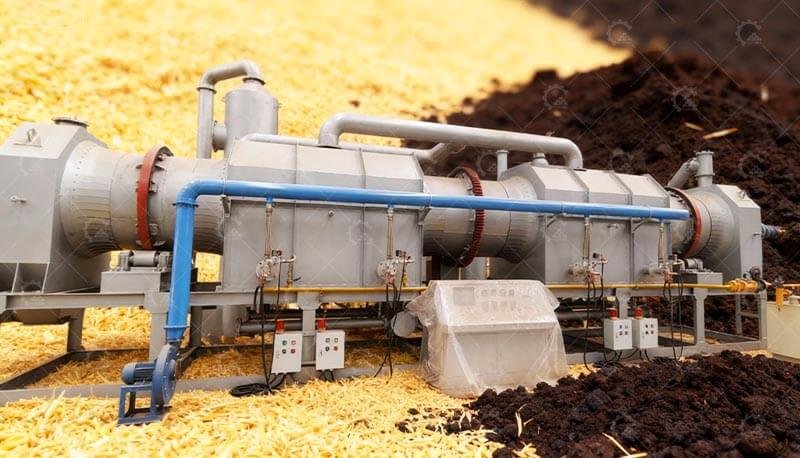For manufacturers and processors in the biomass, charcoal, and biochar industries, understanding and controlling the carbonization steps is paramount. It directly impacts your product’s quality, market value, and operational profitability.
Why Mastering Carbonization Steps Matters
Simply put, the carbonization process transforms organic materials (like wood, coconut shells, bamboo, or agricultural waste) into carbon-rich solids (charcoal, biochar) by heating them in an oxygen-limited environment. Getting the steps right is non-negotiable. Inconsistent temperatures, improper dwell times, or inadequate control lead to:
Reduced Fixed Carbon Content: Lower product quality and value.
Lower Yield: Wasted raw material, higher production costs.
Unwanted By-products: Excessive tar or acids complicating handling and emissions.
Operational Inefficiency: Increased energy consumption, downtime.
Mastering the process means higher-grade output, better resource utilization, and a healthier bottom line.
The Core Steps of Industrial Carbonization: A Detailed Breakdown
While specific equipment and feedstocks introduce variations, the fundamental carbonization steps remain consistent:
1. Drying (Pre-heating to ~150°C)
Goal: Remove surface and inherent moisture from the raw biomass.
Process: Gentle heating drives off water vapor. Efficient drying is crucial – wet feedstock consumes excessive energy in the next phase and can cause steam explosions or pressure issues in sealed reactors. Industrial drying solutions ensure uniform moisture reduction before pyrolysis begins.
Key Factor: Initial moisture content dictates drying time and energy requirements.
2. Pyrolysis & Volatile Release (~150°C to 700°C)
Goal: Thermally decompose the dried biomass, driving off volatile gases and liquids, leaving behind solid carbon.
Process: This is the heart of carbonization. As temperature ramps up:
Hemicellulose Decomposition (~150-280°C): Releases acetic acid, methanol, CO, CO₂.
Cellulose Decomposition (~280-400°C): Major release of volatiles (tars, levoglucosan, CO, CO₂, H₂O).
Lignin Decomposition (~300-700°C): Slower, more complex breakdown releasing phenols and aromatic compounds.
Control is Paramount: Precise temperature control during pyrolysis and regulated oxygen exclusion are vital. The heating rate and maximum temperature (peak carbonization temperature) significantly influence:
Char Yield: Slower heating often increases yield.
Fixed Carbon Content: Higher temperatures increase fixed carbon but decrease yield.
Volatile Matter Content: Higher temperatures reduce volatile content.
Biochar Properties: Crucial for agricultural applications (surface area, porosity, cation exchange capacity).
Dwell Time: Maintaining the peak temperature for the correct residence time ensures complete devolatilization and stabilizes the char structure.
3. Cooling & Char Stabilization
Goal: Safely lower the temperature of the produced char, preventing spontaneous combustion and stabilizing its structure.
Process: Cooling must be controlled. Introducing air too soon can cause the hot char to ignite. Industrial systems often use:
Sealed Cooling Chambers: Isolating char in an inert or oxygen-limited environment.
Water Quenching: Rapid cooling (common in rotary kilns), requires careful drying afterwards.
Indirect Cooling: Using heat exchangers.
Importance: Proper cooling ensures safe handling, storage, and preserves the desired physical and chemical properties of the final charcoal or biochar.
Beyond the Steps: The Role of Equipment & Parameters
Understanding the steps is foundational, but achieving optimal results requires sophisticated industrial carbonization equipment and precise control over carbonization parameters:
Reactor Type Matters
Batch vs. Continuous kilns, retorts, rotary kilns, TLUDs – each influences heat transfer, gas flow, and control over the steps.
Optimizing Heating Rate
Finding the ideal ramp-up speed for your feedstock and desired product.
Precise Peak Temperature Control
Dictates the fundamental properties of your char.
Tailored Dwell Time
Ensuring complete conversion without unnecessary energy loss.
Efficient Gas Handling
Managing syngas/by-products for heat recovery or emission control.
Partner for Peak Carbonization Performance
Whether you’re producing lump charcoal for BBQ, activated carbon feedstock, or agricultural biochar, mastering these steps with the right technology is key.
Guanma Machinery specializes in advanced carbonization solutions and process optimization. Contact us today for a consultation!

